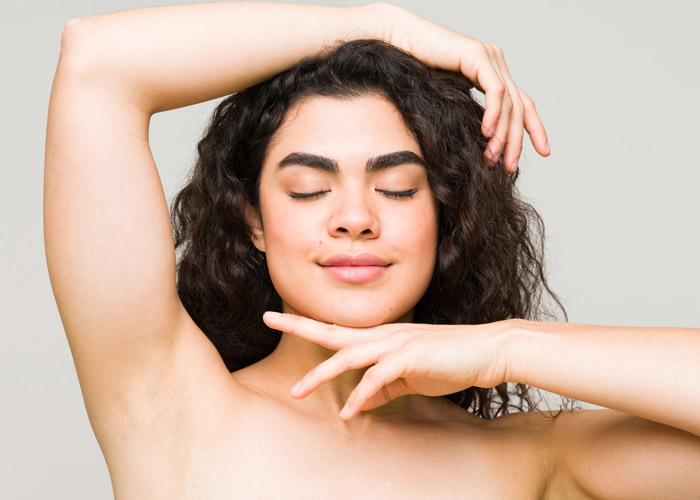Stages of Hair Growth
Stages of Hair Growth
There are various causes of unwanted hair, many of which are not abnormal. Heredity predispositions, such as race or ethnic background, may determine the distribution and amount of hair. Puberty, menopause and pregnancy are normal systemic changes that may affect hair growth. Some medications, stress or malfunctions of the endocrine system may also contribute to the growth of superfluous hair. Regardless of the cause, it is important to understand that there are several stages of hair growth.
Active Growing Stage. This involves a complete rebuilding of the lower one half of the follicle where hair producing cells multiply and extend down to the papilla. It is the period of active growth and continues until the dermal papilla ceases to nourish the hair. The hair then releases from the papilla.
Shedding. In this stage, the papilla releases from the matrix at the base. The hair starts to rise up the follicle wall and receives limited nourishment there. It will eventually shed and fall out and new hair will start to grow.
Resting. A period of resting occurs after hair has shed. The follicle will rest until stimulated to begin a new growth cycle. The resting period varies widely according to the type of hair. Some follicles will not go through the Telogen stage. Instead, it will form a hair immediately.

Types of Hair
1. Lanugo or Vellus Hairs – Soft downy type hair which lacks pigmentation. This type receives nourishment from sebaceous oil glands. These hairs will remain soft unless stimulated by hormones or increased blood supply and are slow-growing.
2. Terminal Hairs – Deep-seated coarse hairs growing from scalp, underarms and pubic areas. They have a well-developed root and bulb.
There are three categories which contribute to hair growth:
Racial and familial growth patterns which relate to the pre-determined patterns established from heredity.
Sustained irritation will stimulate hair in the area to grow deeper and coarser due to an increased blood supply. Tweezing causes increased blood supply which will cause coarse hairs due to a better developed capillary system. Shaving has no effect on hair growth or texture of hair.
Caused by hormone changes in the body. Increased androgensins, which are male harmones can be increased in the female body during puberty, pregnancy and menopause.
What Our Customers Have to Say:
Years of experience are expressed in the quality of work. I have light colored hair and laser hair removal was not going to be effective and a waste of money for me. EME has provided me permanent hair removal. For any hair removal needs in the future, I’ll be a returning client.
East Memphis Electrolysis is professional, discrete and compassionate. Because of their work, I’m no longer ashamed of my excess hair and that has truly changed my life. I would highly recommend them.
I had tried laser hair removal and over the counter devices to remove my unwanted facial hair, but none worked for me. Lasering was expensive and if you don’t have dark hair on light skin, it really doesn’t work. I’ve come to here for a couple years now, and I can truly say it’s been effective at stopping my unwanted hair growth.
